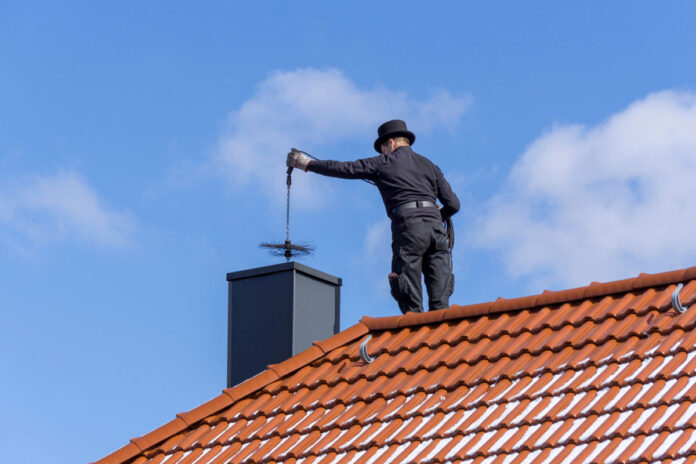A chimney is an essential tool for good ventilation as it allows unpleasant fumes, smoke, and toxins to escape the home. Cleaning and regularly inspecting provide numerous benefits to ensure the efficient and effective operation of the fireplace and the Chimney. According to Willard Power Vac, chimney inspections need to be done annually to ensure the chimney is clear, in sound condition, and free from deposits. Cleaning, therefore, should be undertaken when the need arises. The following factors are significant in determining if your chimney needs chimney inspection & cleaning from Willard Power Vac.
Smoke Odors From The Fireplace
Creosote has a campfire-like odor that can be detected from as far as the fireplace. This odor may smell pleasant to your nose, but it is a warning sign that the buildup in your chimney could catch fire and severely damage everything in a home. Creosote is a natural byproduct of burning a fire in your fireplace that you cannot prevent.
Even cured wood contains lingering moisture, and as the wood burns, that moisture, along with many chemicals in the wood, is released. This mixture rises your Chimney as smoke and condenses when it hits the cooler interior surface of the Chimney, forming a layer of creosote. It is highly flammable and emits a bad odor. If you sense a foul smell, it is most likely coming from your Chimney. Therefore, it is a good indication that the Chimney needs to be cleaned.
Animals/ Pests in the Chimney
Animal nests can clog your Chimney’s airflow and catch fire while burning wood. Bird nests often cover the vents at the very top of the Chimney. Squirrels can also be found to have built nests for their young ones in the Chimney. They are often easily spotted, but the next step is to take precautions to keep the home safe from fire damage. If that happens, it is crucial to clean out the Chimney thoroughly. It is also critical to have a chimney sweep indianapolis inspect the Chimney to ensure that it meets the required standards.
The Chimney’s Smoke Doesn’t Rise.
If smoke is not rising in the Chimney as it used to, it’s time to clean it. Air should flow up the Chimney, but a layer of creosote can clog the pipes. It is a situation where smoke from the fireplace still wafts through the room even if the flue is kept open. If that is the case, it is an explicit indication that the Chimney is blocked. Therefore, it has to be unblocked, and, after that, a thorough inspection must be done to establish the most effective way to perform the cleaning procedure.
Falling Soot from the Chimney
If Chimney’s chunk of soot drops down, it’s a sign that huge piles of soot have accumulated in the Chimney. Soot can adversely affect your health. It’s vital to check the amount of soot accumulated in the Chimney. It will reduce, if not avoid, health hazards that might result from it. Once the soot accumulation has been checked, it is of great significance to have the Chimney cleaned.
Excess Smoke
If there’s too much smoke when you burn a fire, chances are your chimney is blocked, and there is no free flow of air. It can be very dangerous to your family’s health when this happens.
If there is no air circulating up the Chimney
Even if there is no fire in the Chimney, air moving up the Chimney is often felt, given that the damper is left open. On a windy day, if there is no airflow or movement, it is a good indication that your Chimney needs to be cleaned. It indicates a fault within the Chimney and has to be re-adjusted to allow it to function accordingly. However, it can be expected to happen that way due to pressure differences between the inside and outside Chimney, especially if the Chimney is cold. Thus, it is appropriate to inspect the Chimney and provide a practical approach depending on the inspection undertaken.
To ensure the longevity and proper functioning of your chimney, Chimney Cracks Repair should be carried out by qualified professionals who can accurately assess the extent of the damage and apply appropriate repair techniques.
Black creosote buildup on the chimney damper
Creosotes range in color from dark ashy gray to solid black or extremely dark brown, with a dirty golden tint. The three types can be a mix of creosote dust and an oily residue that solidifies and hardens. Every time the Chimney is heated, the build-up increases and becomes darker until it blocks the airways. At this point, the Chimney has to be cleaned to function properly.











